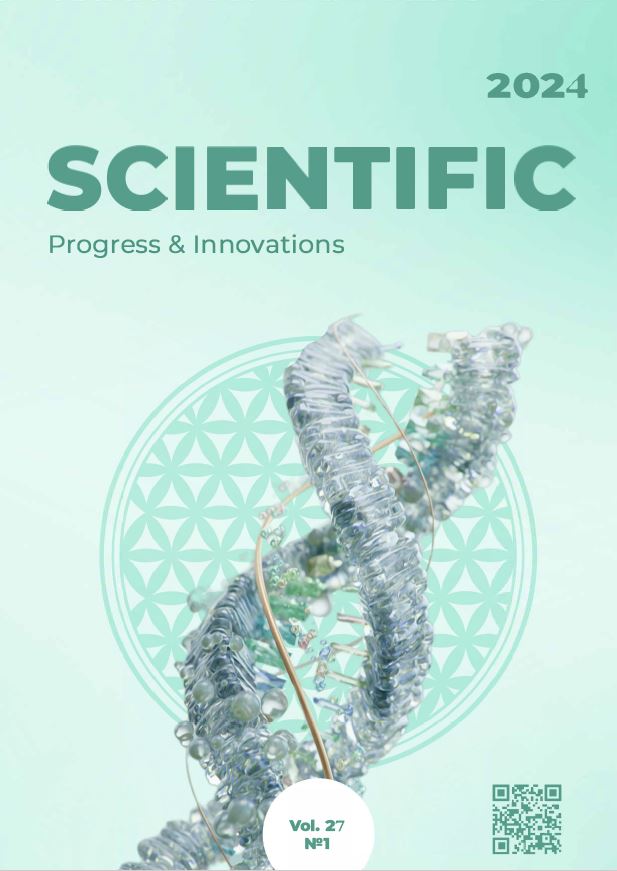The impact of liming on the CO2 emission from sod-podzolic soil in a fertilized agroecosystem of the Western Polissia
DOI:
https://doi.org/10.31210/spi2024.27.01.10Keywords:
ground dolomitic lime, calcium lime, fertilizers, CO2 emission, plant massAbstract
The aim of the research was identification the specificity of carbon dioxide emission from sod-podzolic soil impacted by the application of chemical amelioration and crop fertilization in crop rotation. It was established that the total amount of CO2 emitted from the soil at different doses of liming and fertilization exceeded the control by 1.2–2.0 times on average over the years 2012–2019. The primary source of CO2 emissions was the mineralization of plant residues and humus. With an increase in the dose of CaMg(CO3)2 from 0.5 to 1.5 Hh (hydrolytic acidity), along with the use of mineral fertilizers in the treatments, the calculated total amount of CO2 emissions increased by an average of 8.7–19.6%. Considering the average daily CO2 emissions determined under crops, a significant decrease (at p ≤ 0.05) in CO2 emissions, on average for the crop rotation, was observed with the 1.0 Hh dose of CaMg(СО3)2 compared to the 1.5 Hh dose in the presence of the N112Р82К105 mineral fertilizers background. However, reducing the dose to 0.5 Hh of CaMg(СО3)2 and using 1.0 Hh of CaСО3 did not result in a statistically significant effect on CO2 emissions compared to the 1.0 Hh dose of CaMg(СО3)2. It should be noted that a portion of the emitted carbon dioxide is absorbed by plants during photosynthesis, which contributes to crop productivity. In the treatment with the 1.5 dose of CaMg(CO3)2 on the background of N112Р82К105, a significant increase in yield was observed at p ≤ 0.05, with a ratio of CO2 emissions to crop productivity of 3.01 : 1. Based on the indicators of average daily emissions and considering the length of the growing season and the productivity of crop rotation, the highest intensity of CO2 emission flows during the growing season was observed in both the control and the N112Р82К105 treatment, at 10.7 and 12.0 t/ha, respectively. With different doses and types of chemical ameliorants, there was a decrease in the flow of carbon dioxide from the soil by 17.4–23.3% and a reduction in non-productive losses of CO2 to 3.2–3.4 kg/ha/hour, which is associated with higher photosynthetic activity of crops. Thus, to maintain ecological stability and high crop productivity in crop rotation on sod-podzolic soil in the conditions of the Western Polissia, the application of 1.0 and 1.5 doses Hh of CaMg(CO3)2, along with saturating the crop rotation with mineral fertilizers at the N112Р82К105 dose, is an effective measure to reduce unproductive CO2 emission flows.

 Creative Commons Attribution 4.0 International Licens
Creative Commons Attribution 4.0 International Licens